Nestled in the eastern part of Italy’s Adriatic coast, the Grado Lagoon is truly a birdwatcher’s dream come true. Last spring, I discovered this hidden gem and was amazed by the sheer diversity of birds soaring above the peaceful waters. The lagoon includes two precious nature reserves – Val Cavanata and Isola della Cona – that protect a remarkable biodiversity that bird enthusiasts will find absolutely captivating.
When I visited, I rented a kayak to explore the quieter corners of this natural paradise. The experience of gliding silently through the water while spotting rare birds in their natural habitat was unforgettable.
The trails around the reserve offer easy access to observation points. Here, you can set up your binoculars and camera without disturbing the wildlife.
What makes Grado Lagoon special is the perfect balance between unspoiled nature and accessibility. After a day of birdwatching along the serene trails, I loved unwinding on the nearby beaches. The relaxing sound of gentle waves created the perfect backdrop for reflecting on the day’s sightings. This wild, almost untouched part of the Venetian Lagoon offers a peaceful retreat that nature lovers shouldn’t miss.
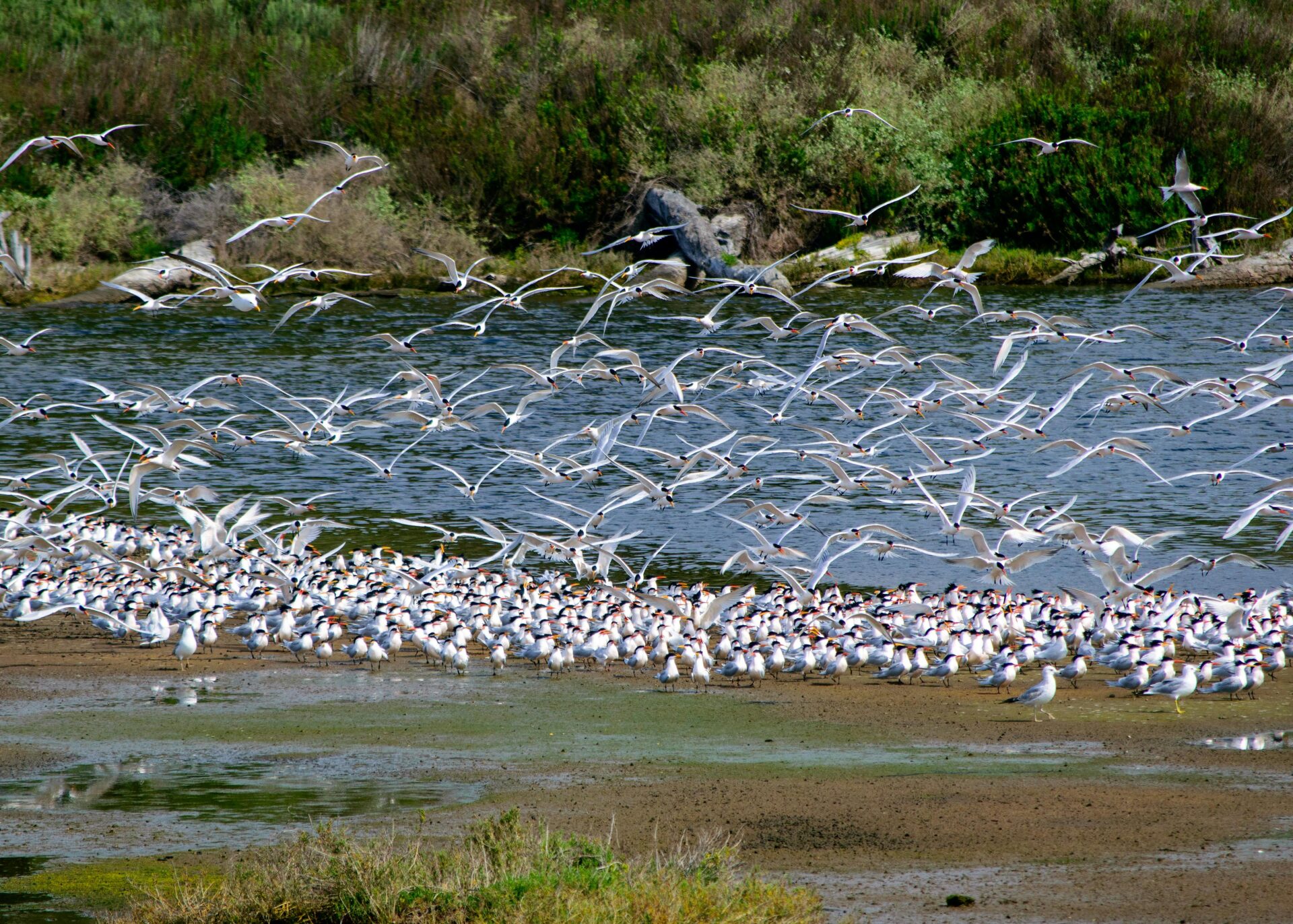
Discovering the Tranquility of Grado Lagoon
Grado Lagoon offers a peaceful escape where nature reveals itself in quiet moments. The gentle rhythm of water, sandy shores, and winding paths create a sanctuary for both wildlife and visitors seeking solitude.
The Charm of Undisturbed Waters
I found myself mesmerized by the calm waters of Grado Lagoon during my visit last summer. The lagoon creates a small, fantastic world where canals and streams intertwine in peaceful harmony.
You can hire a boat or kayak to truly experience the tranquility. Gliding across the still water, I spotted traditional fishing huts dotting the landscape. Their weathered wood told stories of generations past.
The water teems with life yet remains incredibly peaceful. Early mornings offer the most serene experience when mist hovers over the surface and the only sounds are birds greeting the day.
This wetland paradise houses two incredible nature reserves: Val Cavanata and Isola della Cona. Both protect precious biodiversity and provide perfect spots for quiet contemplation away from the busy world.

A Beach Lover’s Retreat
The beaches around Grado Lagoon offer a different kind of quiet than typical tourist destinations. I discovered secluded stretches of sand where footprints disappear with the gentle tide.
Unlike crowded coastal areas, these shores invite you to spread out and breathe. The sound of lapping water creates a natural soundtrack for relaxation.
Beach walks here connect you with nature rather than souvenir shops. I collected unique shells and watched shore birds dart along the water’s edge without another soul in sight.
The shallow, warm waters make for perfect wading spots. Children can safely explore while parents unwind on the clean, golden sand.
What struck me most was how the beach seamlessly transitions into lagoon landscapes. This unique meeting of ecosystems creates beautiful views in every direction.
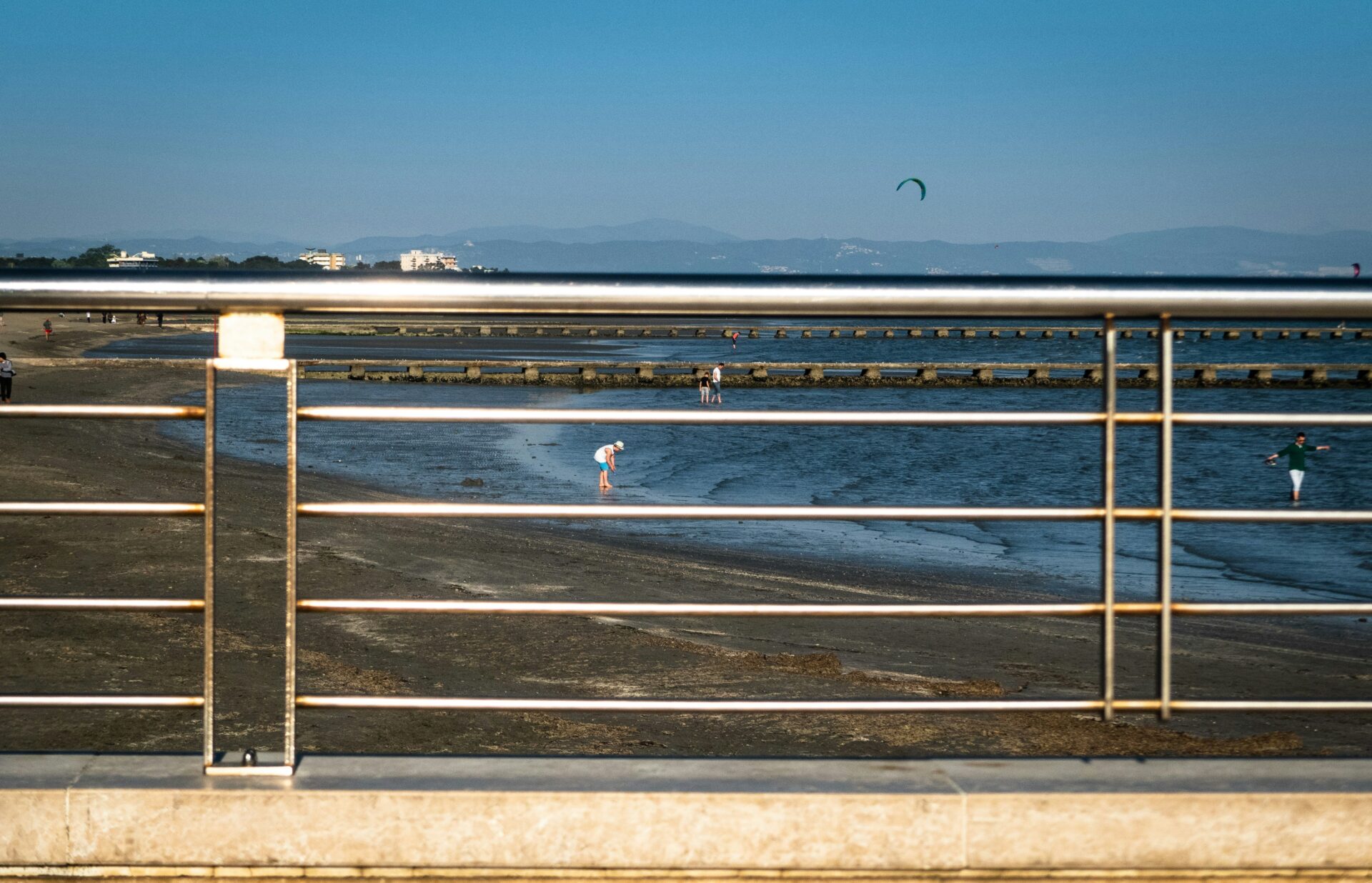
Walking the Whispering Trails
The network of trails around Grado Lagoon became my favorite discovery. These paths wind through diverse habitats, from saltmarshes to woodland areas rich with tamarisk, elm, poplar, juniper, and pine trees.
Wooden boardwalks carry you over delicate wetlands without disturbing the natural environment. The soft creaking beneath your feet adds to the rustic charm of the experience.
I recommend bringing binoculars for the wildlife you’ll encounter. The trails offer premium birdwatching opportunities with minimal effort required.
Best Trail Features:
- Well-marked paths suitable for all fitness levels
- Numerous observation points and photography blinds
- Informational signage about local flora and fauna
- Natural shade from trees during summer months
The quiet here is profound but never empty. It’s filled with nature’s subtle sounds – rustling leaves, distant bird calls, and the whisper of grasses in the breeze.

A Guide to Birdwatching in Grado Lagoon
Grado Lagoon offers one of Italy’s premier birdwatching experiences with over 294 species recorded in its nature reserves. The lagoon’s unique ecosystem creates perfect conditions for both resident birds and seasonal migrants.
Essential Gear and Tips
I always pack my trusty binoculars (8×42 magnification works best) and a waterproof field guide before heading to Grado. A spotting scope becomes invaluable when observing distant birds in the lagoon’s expansive wetlands.
Light, breathable clothing in neutral colors helps you blend into the environment. Don’t forget a wide-brimmed hat and sunscreen – the lagoon offers little shade during prime viewing hours.
The best times for birdwatching are early morning and late afternoon when birds are most active. I’ve found stock photos rarely capture the true experience of watching a Spoonbill feed at dawn!
Pro tip: Bring a small notebook to record your sightings and download a bird identification app that works offline.
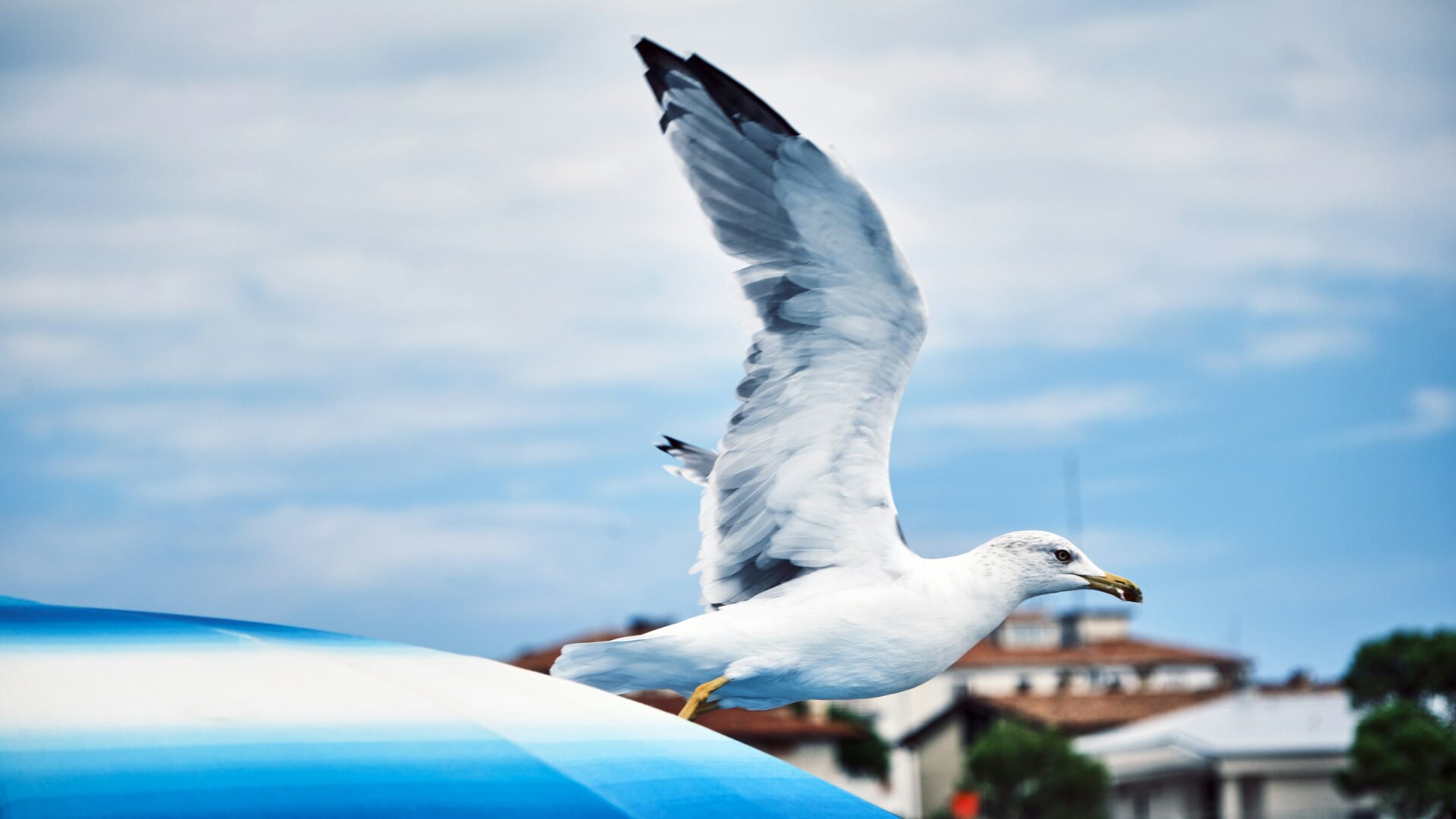
Best Spots for Rare Sightings
The Foce dell’Isonzo Nature Reserve is my absolute favorite spot, having won recognition as Italy’s best area for birdwatching. Its observation tower provides panoramic views where you might spot over 100 species in a single day!
Val Cavanata and Isola della Cona reserves preserve extraordinary biodiversity. During my last visit, I observed Cattle Egrets and Squacco Herons feeding in the shallow waters.
For a unique perspective, rent a kayak or join a boat tour through the lagoon. This lets you quietly approach traditional fishing huts where many birds nest or rest.
The Adriabike trail (Stage 08: The Marano Lagoon) extends about 51 miles and connects several prime viewing locations along the water’s edge.
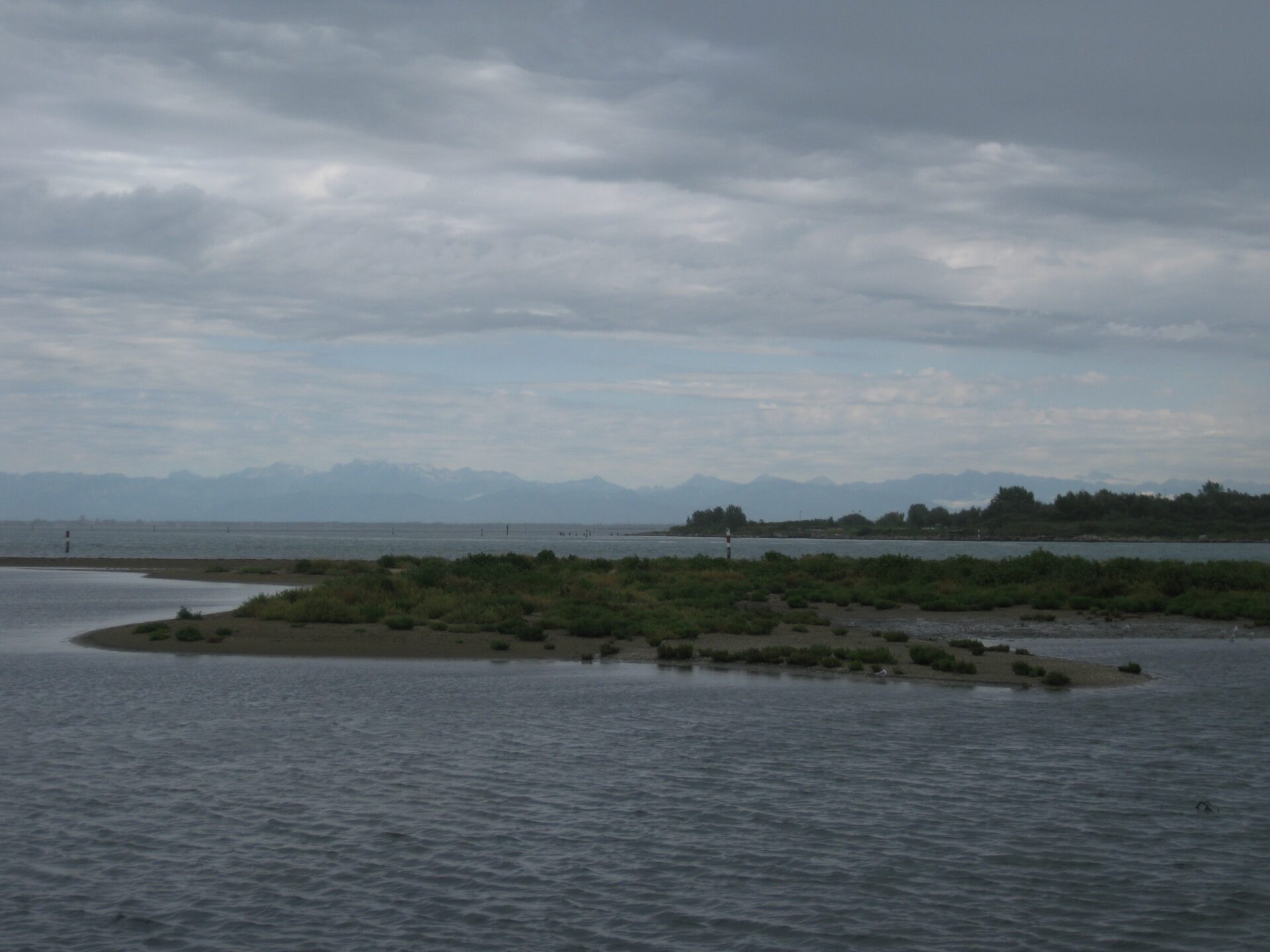
Seasonal Migrations and Resident Species
Spring (March-May) brings spectacular migration activity with thousands of birds passing through. I’ve watched flocks of colorful waders arrive as the weather warms, creating perfect opportunities for videos and photography.
Summer residents include numerous heron species, while autumn welcomes waterfowl heading south. Winter (November-February) offers a chance to spot northern visitors like various duck species and occasional rare gulls.
Year-round residents include:
- Grey Herons
- Little Egrets
- Various duck species
- Marsh Harriers
During migration peaks, arrive early at observation points for the best experience. The lagoon’s biodiversity transforms dramatically with each season, making repeat visits worthwhile throughout the year.
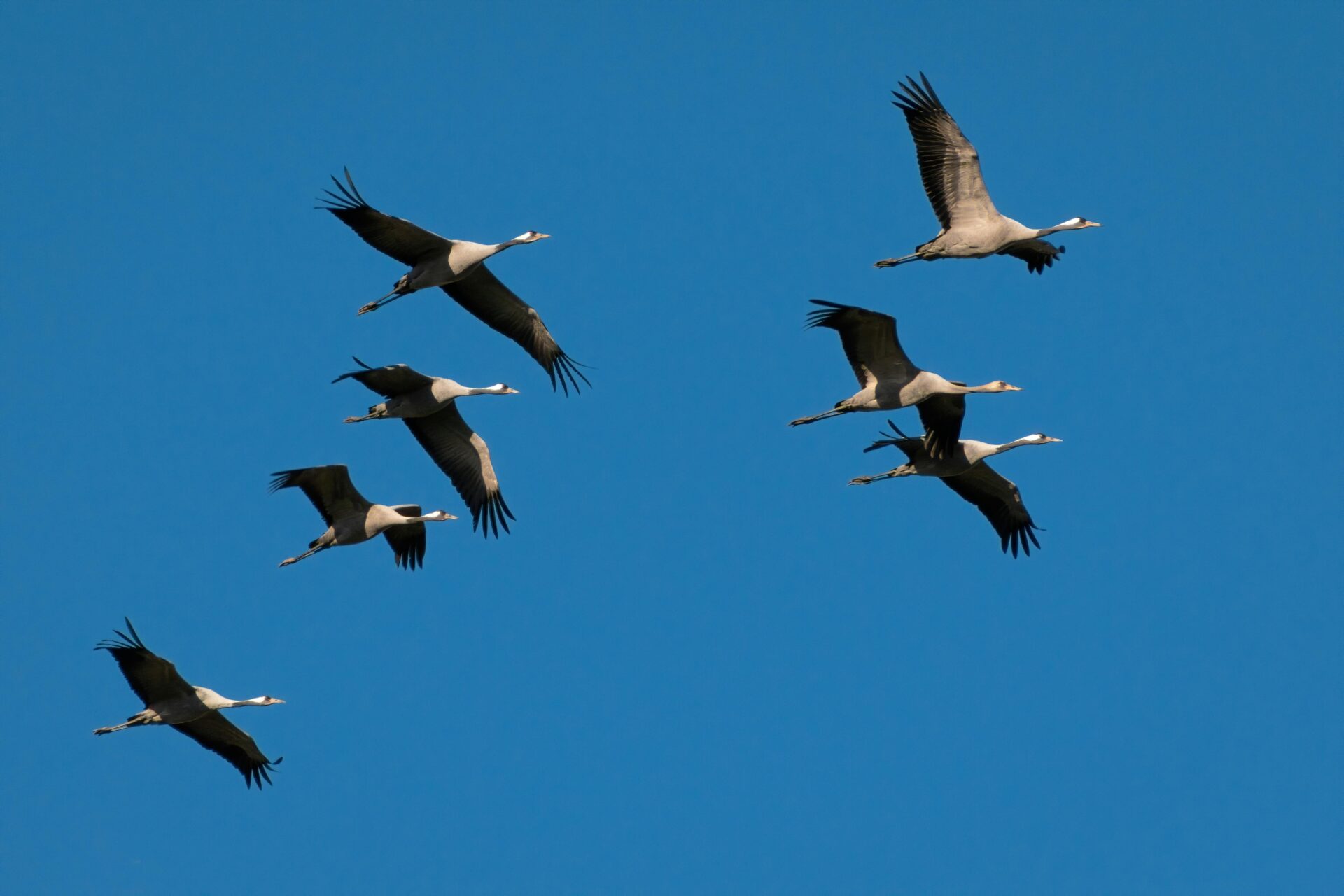
Adventure Awaits: Hiking and Exploration
The Grado Lagoon offers incredible hiking opportunities for nature enthusiasts of all skill levels. The network of trails winds through diverse ecosystems where you can spot rare birds and native plants while enjoying breathtaking panoramic views of the lagoon.
Trail Maps and Difficulty Levels
I’ve explored most of the hiking trails around Grado Lagoon and can confirm they’re well-marked and maintained. The trail system is divided into three difficulty levels:
- Green trails (Easy): Flat, 1-2 km loops perfect for families and casual walkers
- Blue trails (Moderate): 3-5 km paths with some uneven terrain
- Red trails (Challenging): 7+ km routes that require proper hiking gear
The Valle Cavanata Nature Reserve features my favorite trail – a 4 km path that skirts the edge of the lagoon with four bird-watching platforms along the way. For the best views, I recommend hiking the elevated path near Isola della Cona, where you’ll get stunning panoramic images of the entire lagoon system.
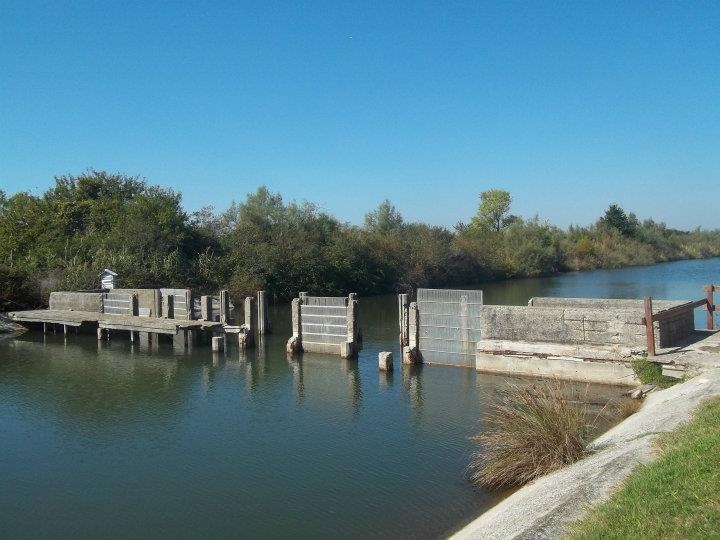
Joining Guided Hikes
Guided hikes have completely transformed my Grado Lagoon experience. Local naturalists lead daily walks during peak season (April-October) and weekends year-round.
Most guided tours include:
- Expert commentary on local wildlife
- Use of professional binoculars
- Small groups (maximum 8 people)
- Photography tips for capturing birds in flight
I highly recommend booking the sunset hike through the visitor center. The guide took us to hidden spots I would never have found on my own, explaining the complex ecosystem while pointing out camouflaged birds.
The early morning “Dawn Chorus” hike is another must-try experience. The guides know exactly where different bird species nest and can help you spot even the most elusive lagoon inhabitants.
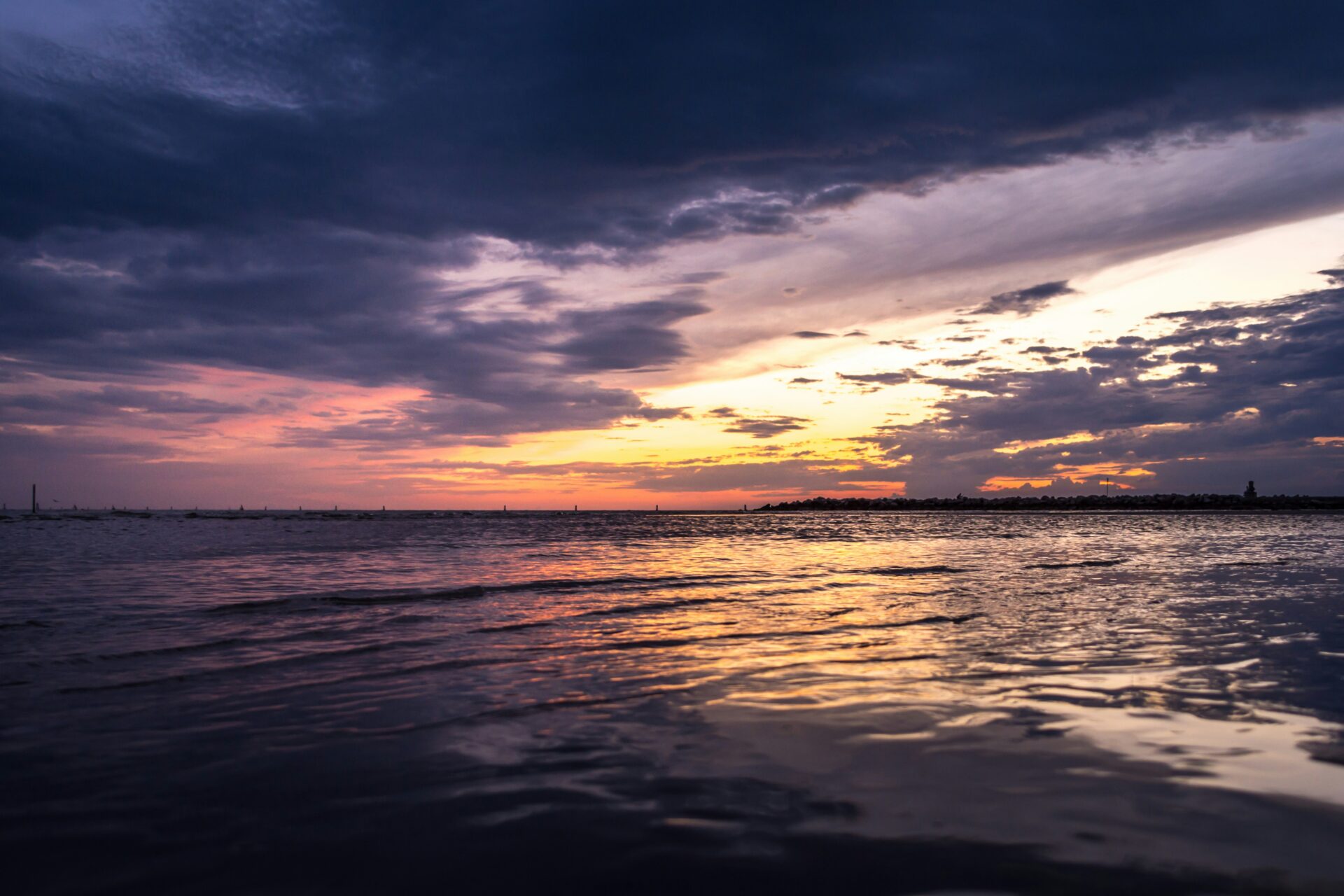
Where to Stay: Accommodations Around Grado Lagoon
Finding the perfect place to rest after a day of birdwatching is essential for enjoying all that Grado Lagoon has to offer. The area boasts a variety of accommodations that cater to nature lovers and photographers alike.
Booking Your Serene Hideaway
I’ve discovered several fantastic hotels that put you right in the heart of Grado’s natural beauty. Hotel Caneo stands out as an excellent choice for birdwatchers, nestled between two small national parks that offer prime wildlife viewing opportunities.
For those seeking luxury, Laguna Faro Suites provides an upscale experience right on the lagoon. My stay there gave me easy access to both birdwatching spots and the town’s amenities.
Boutique Hotel Oche Selvatiche offers a charming setting between the lagoon and the wildlife oasis of Val Cavanata and river Isonzo. It’s only 500 meters from the Golf club and perfect for nature enthusiasts.
If you prefer being closer to town, Hotel Villa Venezia is just a 3-minute walk from sandy beaches and 1640 feet from the historic center.
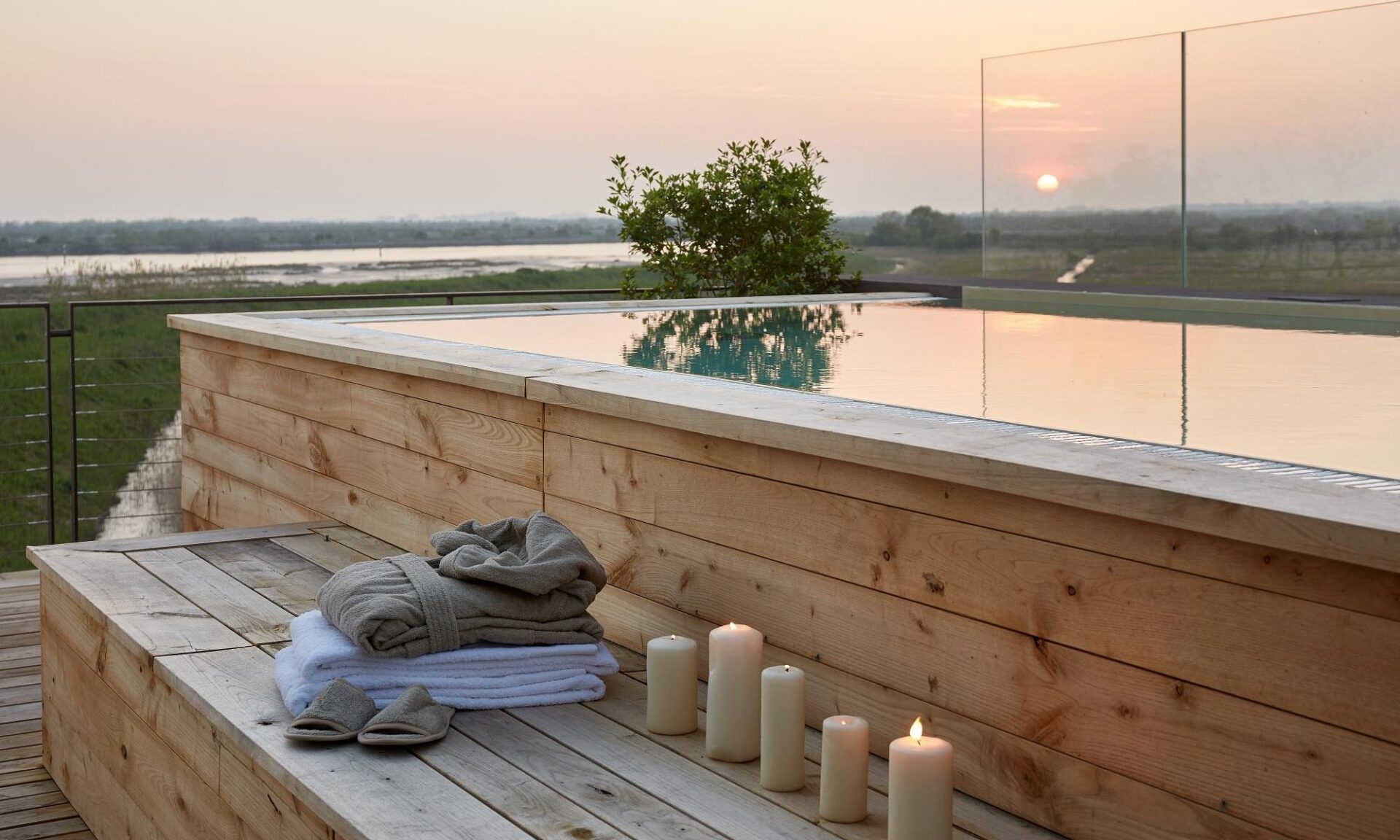
A Night Under the Stars: Camping Options
For a more immersive experience with nature, I recommend camping near the lagoon. Several campsites offer basic amenities while putting you right in the midst of the birdwatching action.
Camping Tenuta Primero provides waterfront sites where you can wake to the sounds of lagoon birds. I’ve spent mornings here with my camera ready as herons wade through shallow waters nearby.
For a rustic experience, the small camping area near Isola Barbana allows for spiritual and natural immersion. The island’s deep-rooted significance adds a special dimension to overnight stays.
Most campsites provide essential facilities like showers and cooking areas. I suggest booking well in advance during summer months when birdwatchers and beach-goers compete for these popular spots.
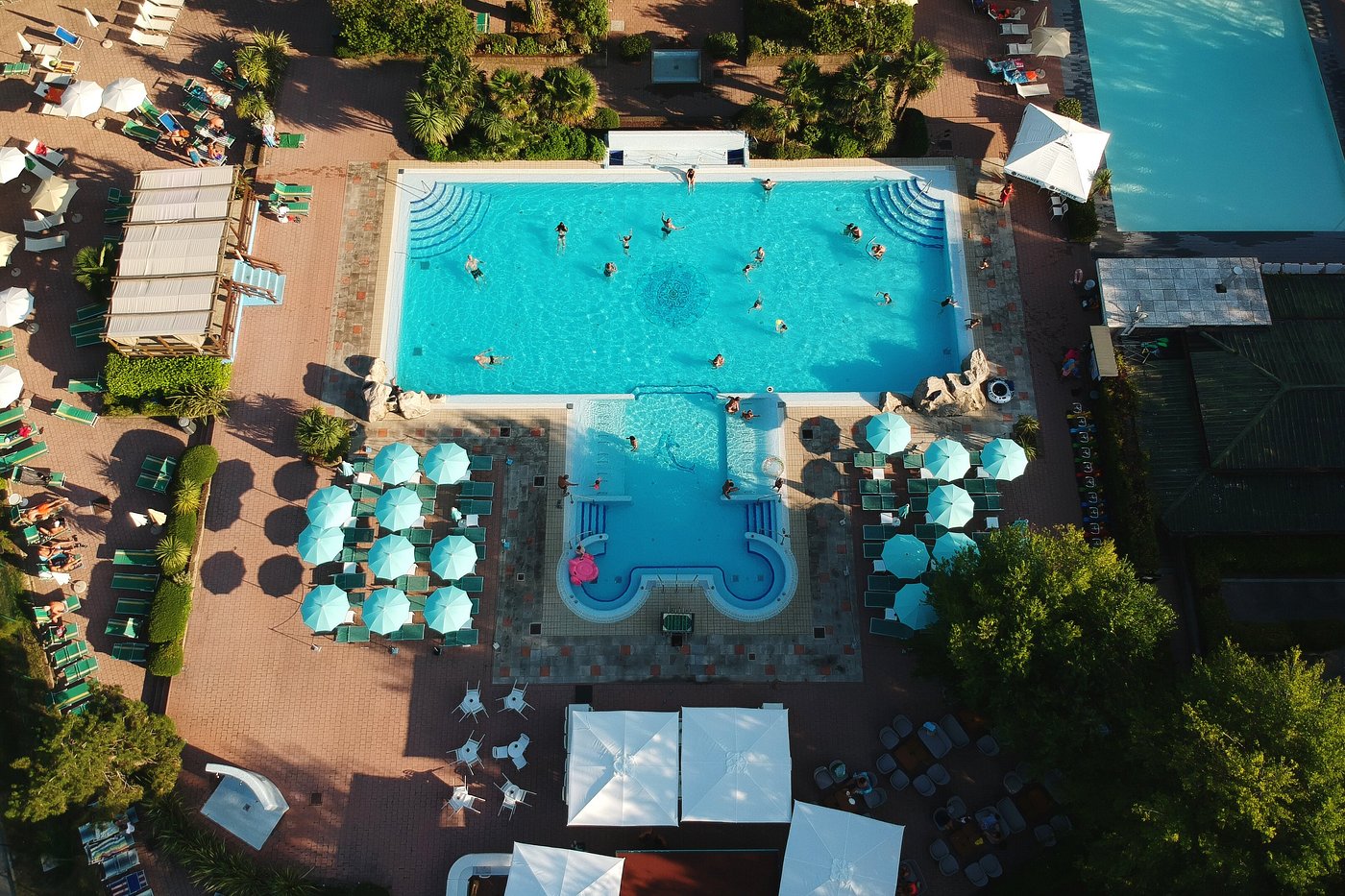
Capturing the Beauty: Photography and Videography Tips
The Grado Lagoon offers endless opportunities for capturing stunning images and videos. I’ve found that having the right techniques can transform ordinary snapshots into breathtaking visual stories of this unique ecosystem.
Photographing Wildlife and Scenery
When photographing birds at Grado Lagoon, patience is your greatest asset. I recommend arriving early morning or late afternoon when the light is soft and golden, creating perfect conditions for capturing wildlife in their natural habitat.
A telephoto lens (at least 300mm) is essential for bird photography without disturbing them. I always bring a sturdy tripod to eliminate camera shake, especially crucial during those magical dawn hours.
For landscape shots of the lagoon, try using a polarizing filter to reduce reflections and enhance the vibrant blues and greens. The contrast between water, sky, and the occasional fishing hut creates stunning compositions.
Don’t just focus on the obvious. Some of my favorite shots came from noticing small details – ripples in water, a bird’s reflection, or light filtering through reeds.
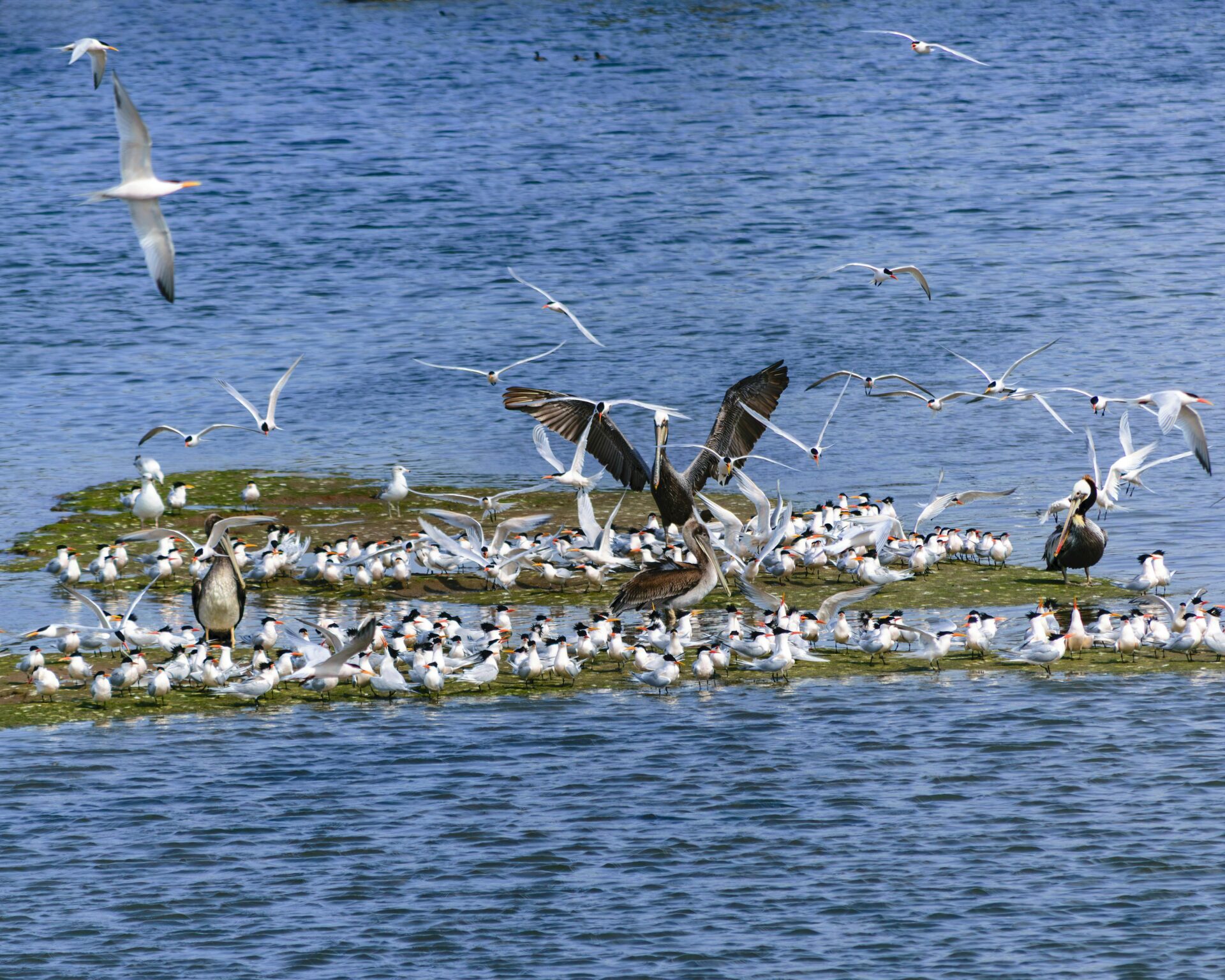
Creating Stunning 360° Panoramas
The open horizons and circular perspectives of Grado Lagoon make it perfect for panoramic photography. I’ve found that using a dedicated panorama head on my tripod ensures accurate alignment between shots.
For the best 360° panoramas:
- Choose a spot with unobstructed views
- Use manual settings to maintain consistent exposure
- Overlap each frame by 30% for seamless stitching
- Include interesting foreground elements for depth
I prefer shooting in RAW format for greater flexibility in post-processing. Several apps like PTGui or Adobe Lightroom make stitching multiple images together surprisingly simple.
For truly immersive results, consider bringing a 360° camera. These compact devices capture everything in one click and are perfect for sharing your lagoon experience through virtual tours or social media.

